The recent update to ChatGPT’s interface, named "Juice," presents a layout focusing on dialogue. This adjustment incorporates chat bubbles and moves all controls to collapsible menus, reducing clutter in the main space for dialogue. The design merges custom GPTs and model choices into one dropdown menu and repositions the main menu to the upper right corner. Although the goal is to make the interface less complicated, it might lower ease of access to frequently used custom GPTs by cutting down shortcuts and might necessitate additional steps to reach deeper menu options, potentially causing inconvenience to experienced users.
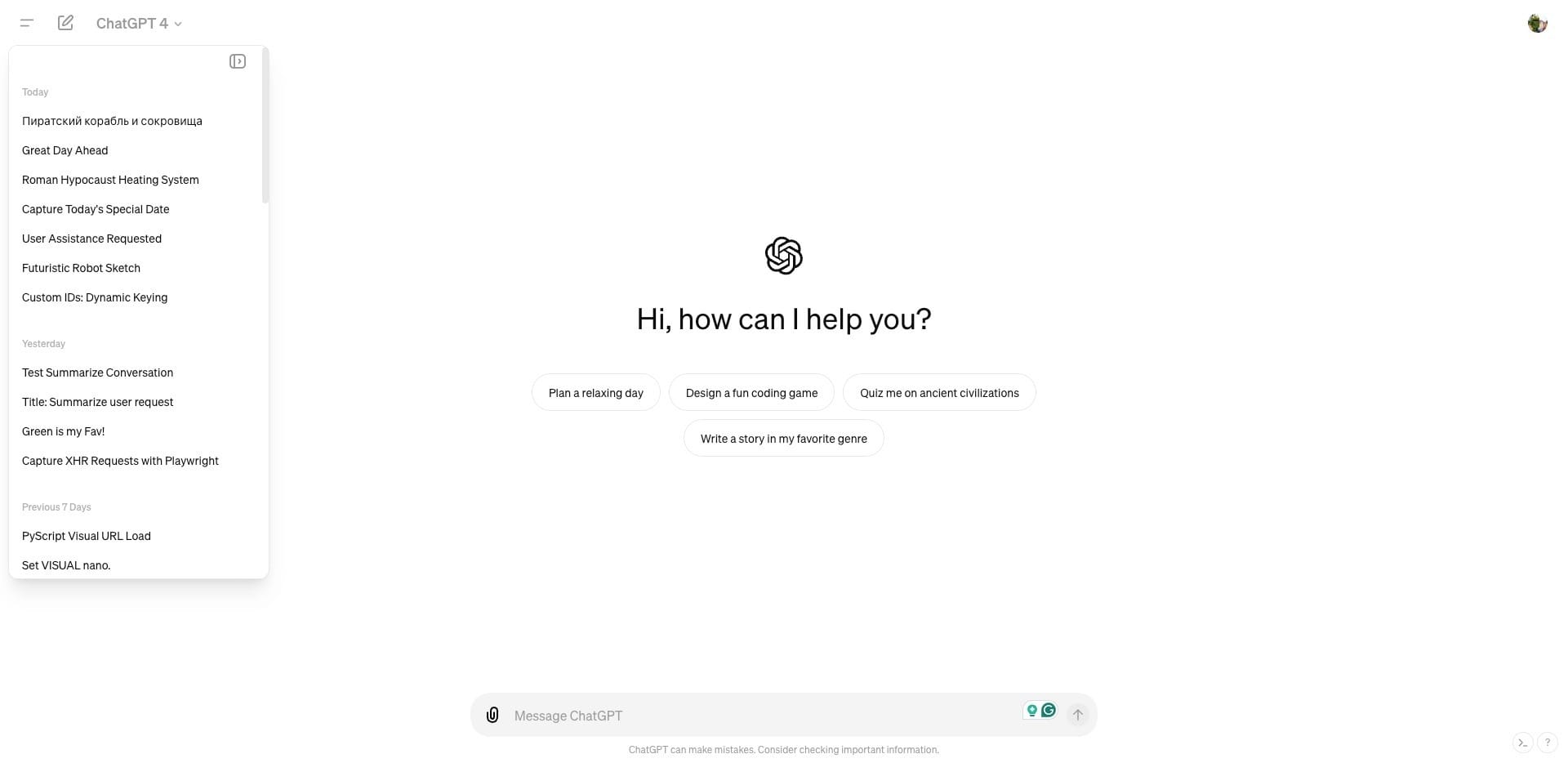
In overall, the new UI brings two big things. First, it emphasizes the focus on the conversation itself by removing all the controls away under collapsible menus. And second, it is shifting the UI more towards a familiar conversational form with chat bubbles.
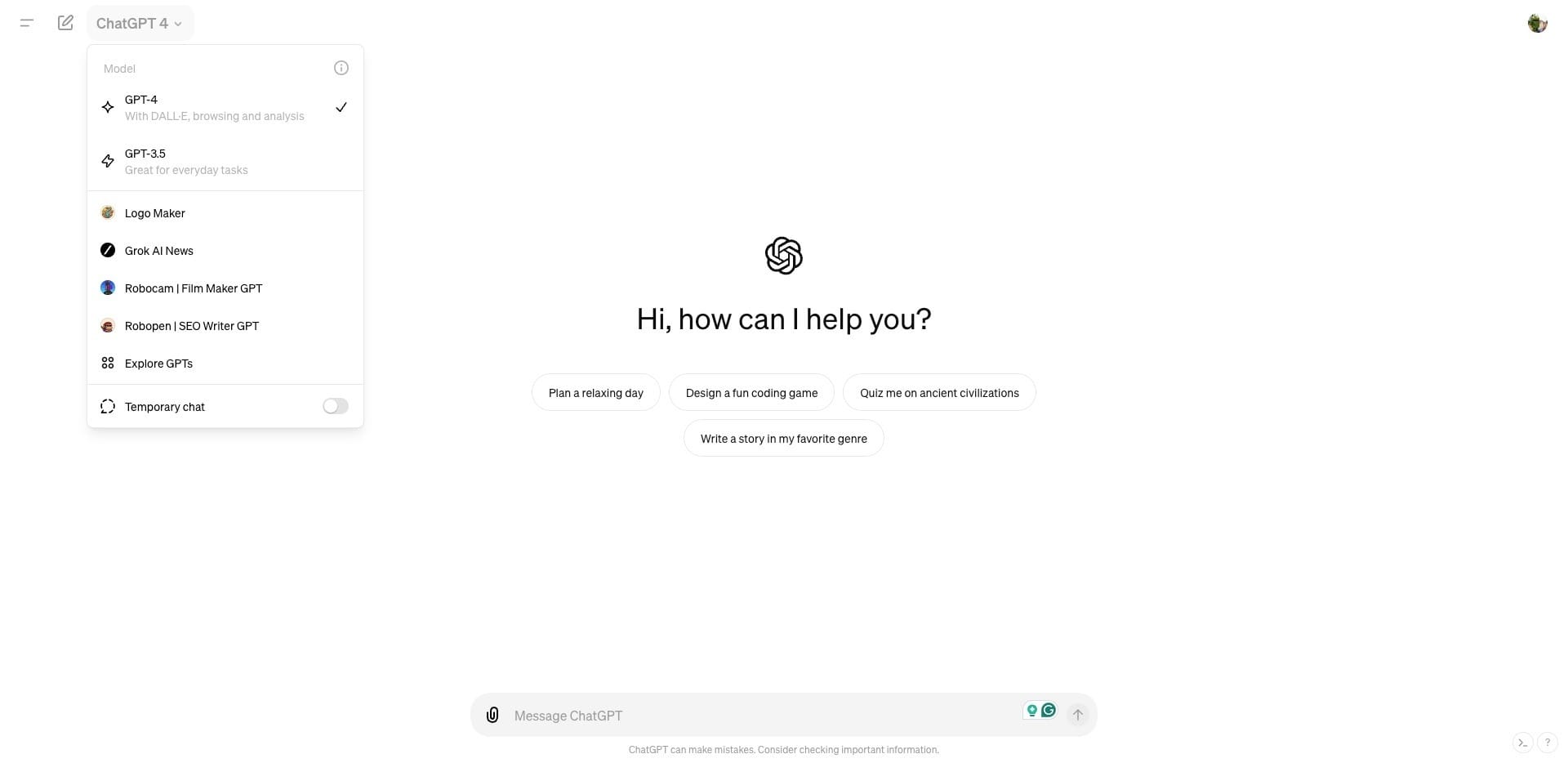
Chat history is now fully dedicated to this purpose and can be easily collapsed. Custom GPTs now belong to the same drop-down where the model selection is, which makes sense, but it also limits the number of pinned GPTs you can have a shortcut to.
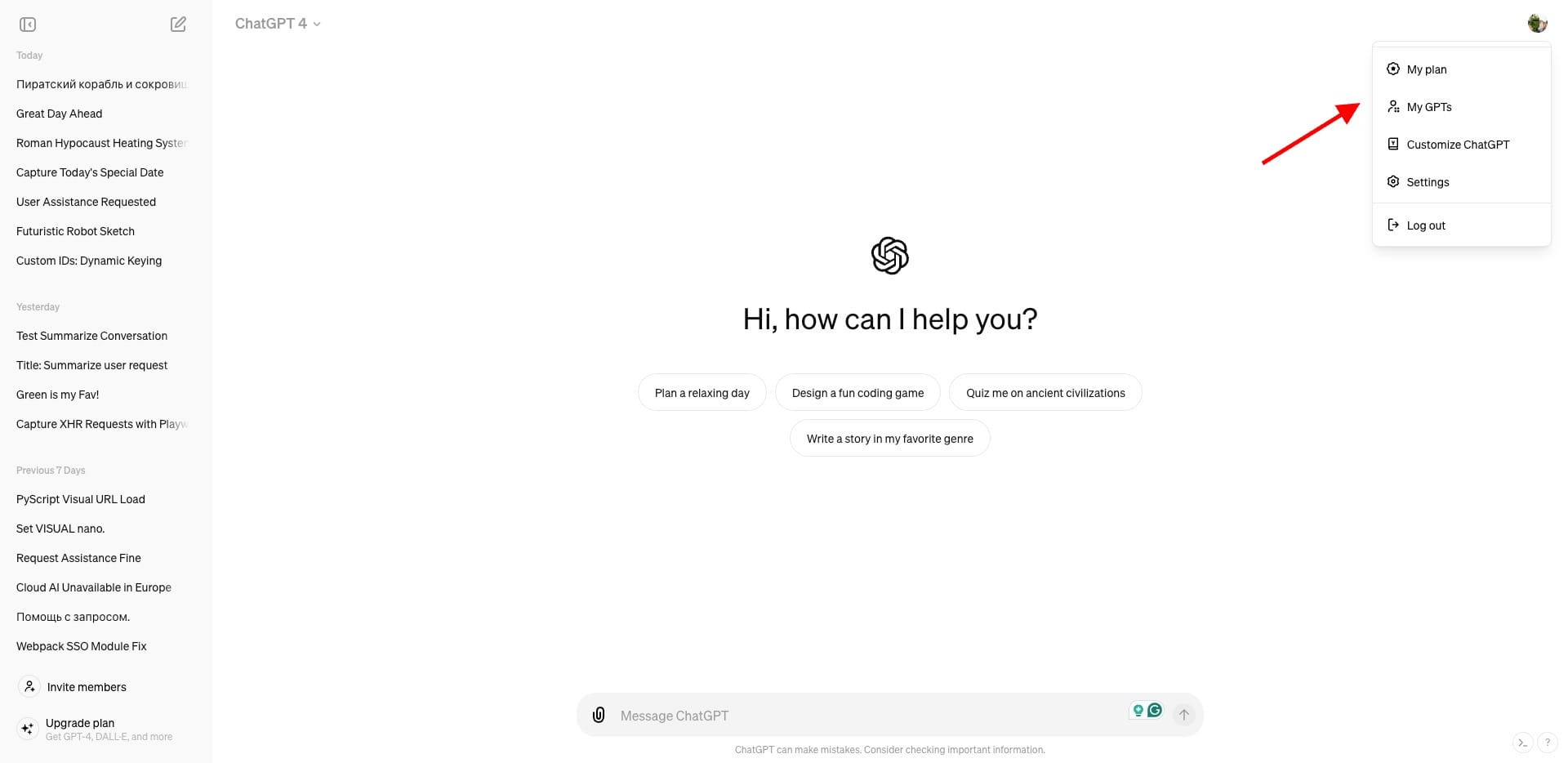
The main menu was moved to the top right corner similar to lots of other apps including Google Gemini.
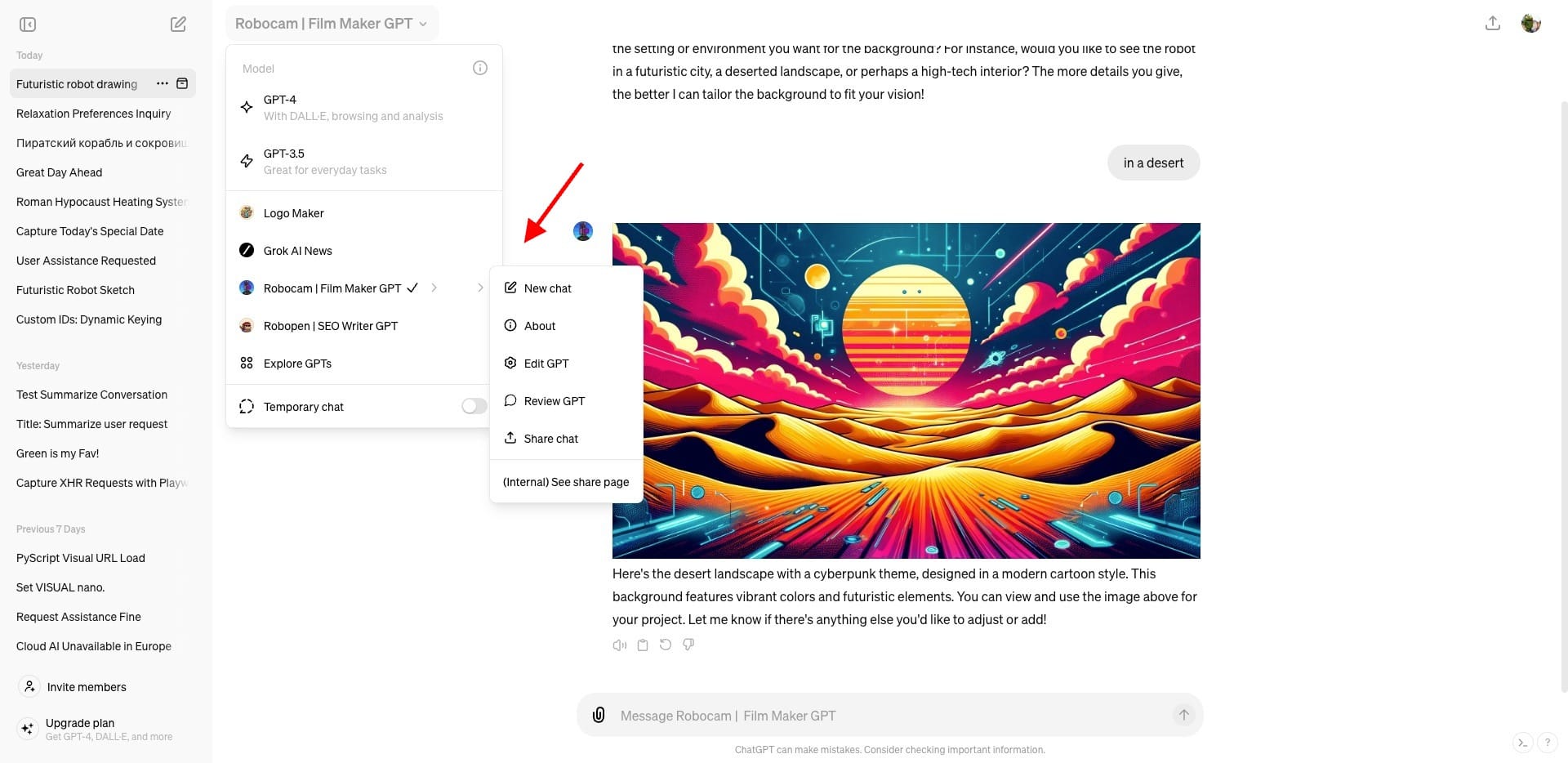
In order to access some of the menus, you would have to hover a bit more in comparison to how it used to be before, for example, to access options of custom GPTs.
In overall, I cannot say that I like this update very much. It's definitely something fresh and new. The codename of this overhaul is Juice. I assume it's a fresh juice, and it's indeed there. But it also feels like it is less appealing to power users, focusing more on casual users who would mainly focus on the conversation itself.
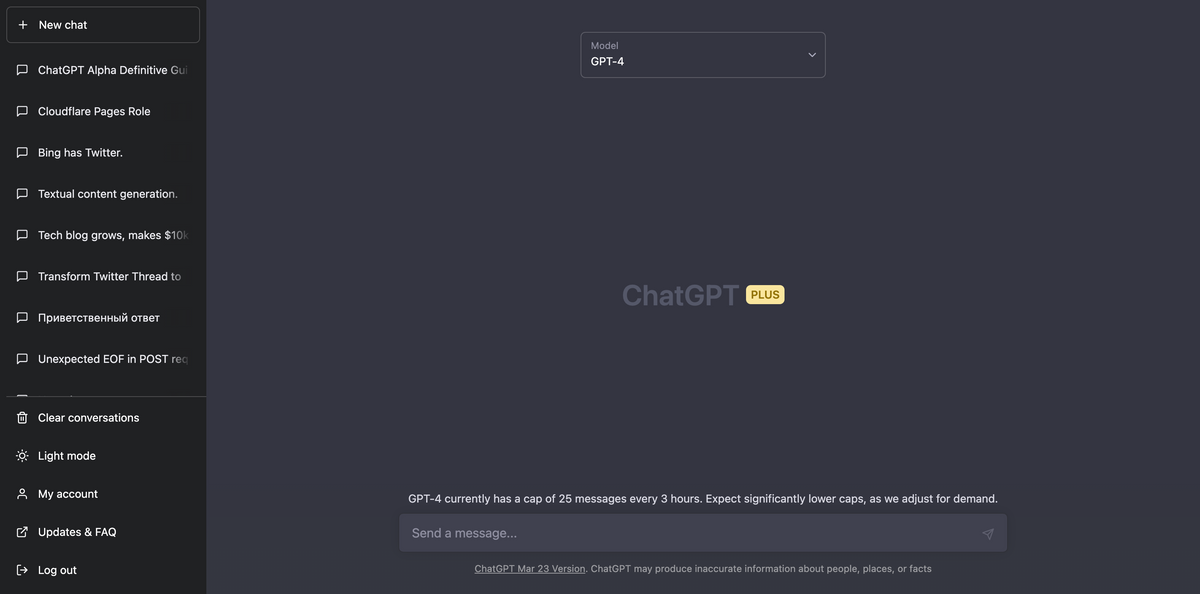
Regarding ChatGPT: ChatGPT is an AI designed for creating chat-based interactions. It is crafted for various dialogue-driven tasks, delivering responses that mimic natural conversation. Created by OpenAI, this tool excels in adapting to diverse subjects, marking a move towards minimalism and dialogue-centered design, reflecting ongoing UI/UX design trends that value clarity and minimalism, indicative of a wider industry trend towards interfaces that prioritize usability and concentration.
Source: Originally was reverse-engineered by @btibor91







